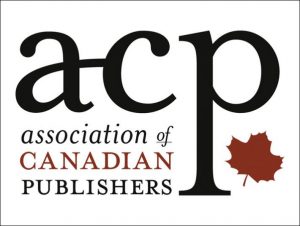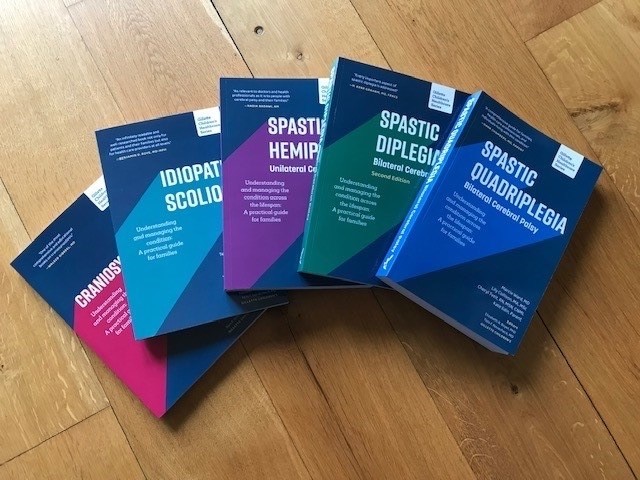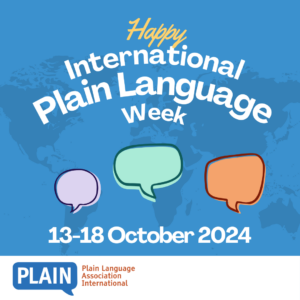There are many editing and plain language conferences planned this year.
Behind the scenes with Canadian publishers
 Some months ago, an unexpected and flattering invitation came my way: to be the keynote speaker at the Association of Canadian Publishers’ 2020 Mid-Winter Meeting, January 28–29, in Toronto. The ACP organizers asked me to talk about the value of publishing, especially now, when the industry is facing competition from self-publishing, social media, and the online world at large.
Some months ago, an unexpected and flattering invitation came my way: to be the keynote speaker at the Association of Canadian Publishers’ 2020 Mid-Winter Meeting, January 28–29, in Toronto. The ACP organizers asked me to talk about the value of publishing, especially now, when the industry is facing competition from self-publishing, social media, and the online world at large.
Naturally, I said yes. Delivering a keynote speech would be an honour. The far-off date gave me ample time to prepare (and procrastinate). And the prospect of attending the full event, which I was invited to do, appealed.
The ACP represents about 115 Canadian-owned and -controlled book publishers. The winter conference would be a chance for me to go behind the scenes and see what’s happening with the industry.
I didn’t attend every session over the two days. Some were restricted to ACP committees and working groups, and my flight time meant ducking out midway through day two. But the presentations I did attend were eye-opening. Here are some highlights.
- Accessibility. According to NNELS (the National Network for Equitable Library Services), “only 5 to 10 percent of all published materials in any given year are available in accessible formats”—that is, in formats that can be read by people with print disabilities, which include visual and mobility impairments and learning disabilities. In 2019 the federal budget laid money on the table to change those statistics. The Canada Book Fund’s Accessible Publishing Initiative will dole out $22.8 million over five years to increase the creation and distribution of accessible digital books. The ultimate goal: Canadian books that are “born accessible”—meaning they are published in traditional and accessible formats at the same time.
There were several presentations on accessibility at the conference, including research updates and reports from publishers who have begun accessibility projects. For me, the most memorable session came from NNELS itself. Fresh from hosting the second Accessible Publishing Summit, which ran in Toronto the two days preceding the ACP event, NNELS reps not only spoke about their work, they demonstrated what accessibility is—and what it isn’t. People with print disabilities showed us, with their devices, how they would go about finding, downloading, and reading accessible books—or, in many cases, trying to do those things but failing because of various technical gaps and glitches.
One attendee told me later how much these demonstrations moved her. To see readers unable to do something that most of us take for granted—finding and then buying or borrowing a book—impressed upon her the need for Canadian publishers to do their utmost to extend the right of accessibility to all.
- Copyright. I don’t pretend to understand the battles over rights management and tariffs that are raging between the educational community and Access Copyright, the nonprofit that licenses the copying of Canadian-created content. But the wrangling continues, we heard, especially litigation involving the K–12 sector, which disputes its need to pay for reproducing copyrighted works. Whatever the intricacies of the lawsuit, I was disturbed to learn that, at least according to Access Copyright, “The income of writers represented by Access Copyright has decreased by an average of 42% in the last three years. As well, certain publisher affiliates of Access Copyright have ceased publishing works in the K-12 area.”
- Discoverability. As noted in a recent WCEA blog post, Canadians are buying fewer Canadian-authored books than they used to. Two conference presentations addressed the theme of boosting discoverability of Canadian titles.
BookNet Canada reported on various projects for tracking and promoting the sale of Canadian books. One is the LibraryData initiative, in which publishers and libraries share data with a view to, among other things, spotlighting Canadian books. Another, from the world of metadata, is the introduction of better subject codes for tagging Indigenous content (a topic covered in this BookNet podcast).
We also heard from the online book site 49th Shelf about its recent redesign. The makeover gives this trove of CanLit a more modern, inviting look. It’s easier to find blog posts like the February celebration of Black History Month and to dip into the site’s awesome and occasionally cheeky book lists (example: Female Protagonists with No Time for Your Shit).
As for my keynote, which kicked off the conference, it went smoothly (whew!). More important, attendees told me it got them thinking.
In the end, I spoke less about the value of publishing, a topic I figured listeners were already well aware of, and more about the need for publishers to show that value to others. “Show, don’t tell”—it’s a key tenet of storytelling and is the secret, as partner Lana Okerlund explained in a recent blog post, to making messages come alive. Yet (ironically) publishers, who are in the business of storytelling, seldom engage in it themselves. They promote their books and their authors, while they themselves remain invisible.
Until recently, publishers could get away with being invisible. Not now. Now they’re competing with other avenues of content creation. And now they operate in an environment where being invisible is tantamount to not existing. If Canadian publishers are to show their value, I suggested, they need to find their voice and tell their stories, both as individual publishers and as an industry, stories of who they are, what they do, and why we should care.
I marvelled, on leaving the Mid-Winter Meeting, that I’d spent a day and a half being inspired by publishing initiatives that before the event I’d known little to nothing about—even though I work for Canadian publishers, read Quill & Quire, and have (via my agent) approached Canadian publishing houses with my fiction. It only reinforced for me how vital it is for this country’s publishers to leave their familiar place behind the scenes, where they have so diligently and quietly operated until now, and step onto the stage.



